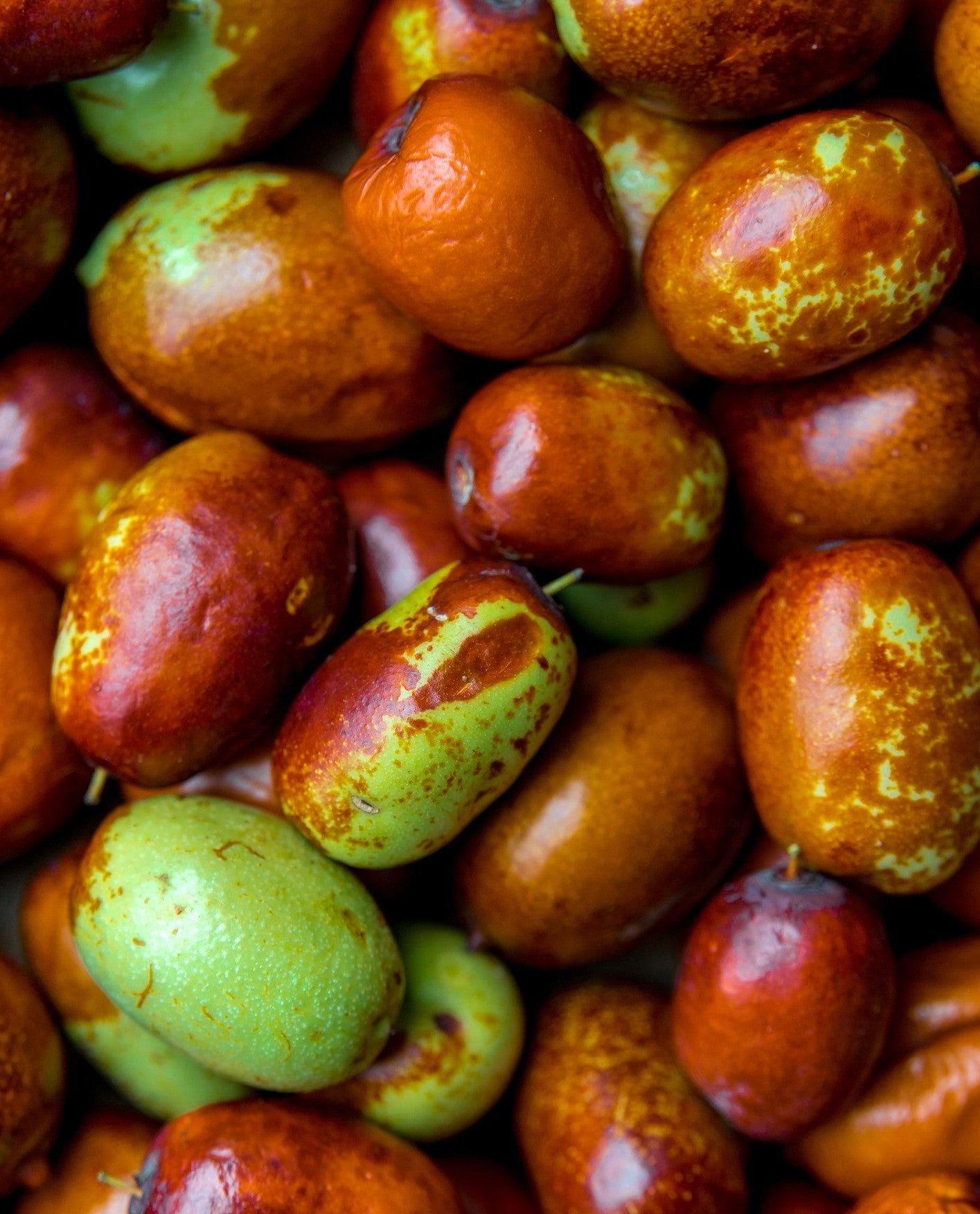
Jojoba oil
INCI: SIMMONDSIA CHINENSIS SEED OIL
The golden yellow, clear jojoba oil is made from the seeds of the evergreen jojoba bush (Simmondsia chinensis), which belongs to the Simmondsiaceae family. Thanks to its up to 10 meter long taproot, the plant is perfectly adapted to dry climates and is able to survive and live in desert regions of North America. Today jojoba is used, among other things, also grown in Argentina, Israel, India, Kenya, Peru and Australia. The fruits can be two to four centimeters large. Inside the fruit there are small nut-brown seeds from which oil is extracted through gentle cold pressing.
Effect
Jojoba oil is a liquid Wax with a mild smell, which contains various fatty acids, sterols, tocopherols as well as amino acids, vitamin A, minerals and squalene. Jojoba oil is primarily used in the cosmetics industry. The reason for this is that the structure of the gadolic acid contained in the oil corresponds to the fat mixture on the skin's surface and can therefore be easily absorbed by the skin and protects it from water loss. Jojoba oil moisturizes the skin and also has antibacterial agents, which means it can reduce skin irritation and inflammation.
Studies
Gad, H. A., Roberts, A., Hamzi, S. H., Gad, H. A., Touiss, I., Altyar, A. E. , Kensara, O. A. & Ashour, M. L. (2021). Jojoba Oil: An Updated Comprehensive Review on Chemistry, Pharmaceutical Uses, and Toxicity. Polymers, 13(11), 1711.
HABASHY, R., ABDELNAIM, A., KHALIFA, A. & ALAZIZI, M. (2005). Anti-inflammatory effects of jojoba liquid wax in experimental models. Pharmacological Research, 51(2), 95–105.
Nasr, M., Abdel-Hamid, S., Moftah, N. H., Fadel, M. & Alyoussef, A. A. (2017). Jojoba Oil Soft Colloidal Nanocarrier of a Synthetic Retinoid: Preparation, Characterization and Clinical Efficacy in Psoriatic Patients. Current Drug Delivery, 14(3), 426–432.

